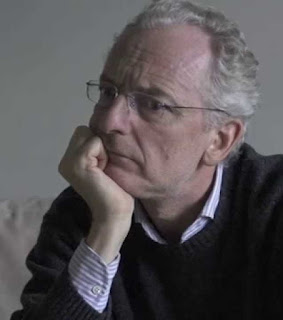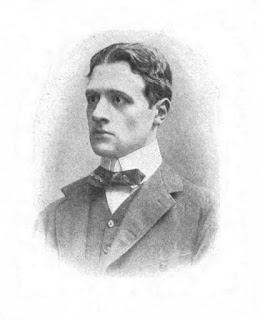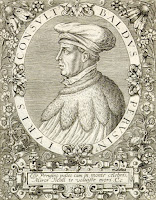Uberto Pasolini - film producer and director
Roman count who found unexpected fame with The Full Monty
The film director and producer Uberto Pasolini, who gained international recognition when his British comedy The Full Monty became a one of UK cinema’s biggest commercial success stories in 1997, was born on this day in 1957 in Rome. A nephew of the great Italian director Luchino Visconti, Pasolini worked for 12 years as an investment banker in England before following his dream to work in the film industry, abandoning his career to work, initially without pay, on the set of the David Puttnam-Roland Joffé film, The Killing Fields, in Thailand. He set up his own company in London in 1994 and went on to direct some of his own productions, including the critically acclaimed 2008 movie Machan, based on a true story about a group of would-be immigrants from Sri Lanka who overcome visa problems stopping them from moving to the West by pretending to be their country’s national handball team. Read more…
________________________________________________________________
The Portella della Ginestra Massacre
Conspiracy theories behind murder of peasants
Sicily and the whole of Italy was horrified on this day in 1947 when gunmen opened fire on defenceless peasants gathered for a Labour Day celebration in the hills above Palermo, killing 11 and wounding more than 30 in what became known as the Portella della Ginestra Massacre. The victims included four children between the ages of seven and 15, who were cut down indiscriminately by a gang of men, some on horseback, who appeared suddenly and began firing machine guns as the peasants, numbering several hundred, congregated on a plain along a remote mountain pass between the towns of Piana degli Albanesi and San Giuseppe Jato, where a Labour Day rally had taken place every year since 1893. Salvatore Giuliano, an outlaw wanted in connection with the killing of a police officer in 1943, was held responsible although many people believed that Giuliano and his gang of bandits were set up as scapegoats in a conspiracy involving the Mafia, wealthy landowners and politicians. Read more…
___________________________________________________________________
Laura Betti - actress and jazz singer
Long-time companion of director Pier Paolo Pasolini
The actress and singer Laura Betti, who appeared in a number of important Italian films in the 1960s and 1970s, including Federico Fellini’s La Dolce Vita, Bernardo Bertolucci’s Novecento and Pier Paolo Pasolini’s Teorema, was born on this day in 1927 in Casalecchio di Reno, in Emilia-Romagna. In addition to Teorema, which won her the coveted Volpi Cup for best actress at the 1968 Venice Film Festival, Betti appeared in six other Pasolini films as the two developed a special and unlikely relationship. Betti, a vivacious blonde with striking good looks, had no shortage of suitors among the authors, artists, singers and aspiring actors that made up her circle in Rome in the 1950s, but Pasolini was homosexual and had no interest in her in a romantic sense. Yet he became a regular guest at her apartment near the Palazzo Farnese and she wrote many years later that a kind of love developed between them. Read more…
__________________________________________________________________
Giovanni Guareschi – writer
Satirical magazine editor who created Don Camillo
Author Giovanni Guareschi, the creator of the fictional character, Don Camillo, was born on this day in 1908 in Roccabianca in Emilia-Romagna. The popular stories featuring his famous comic creations, the stalwart Italian priest, Don Camillo, and the Communist mayor, Peppone, have since been made into many radio and television programmes and films. Guareschi, who was christened Giovannino, started his career writing for the Gazzetta di Parma and then became a magazine editor. He was called up to serve in the army in 1943 but was quickly taken prisoner, along with other Italian soldiers, by the Germans. He wrote a secret diary while he was in the prison camp, Diario Clandestino. After the war Guareschi founded a weekly satirical magazine, Candido, where his Don Camillo stories first appeared. Read more…
Home
























